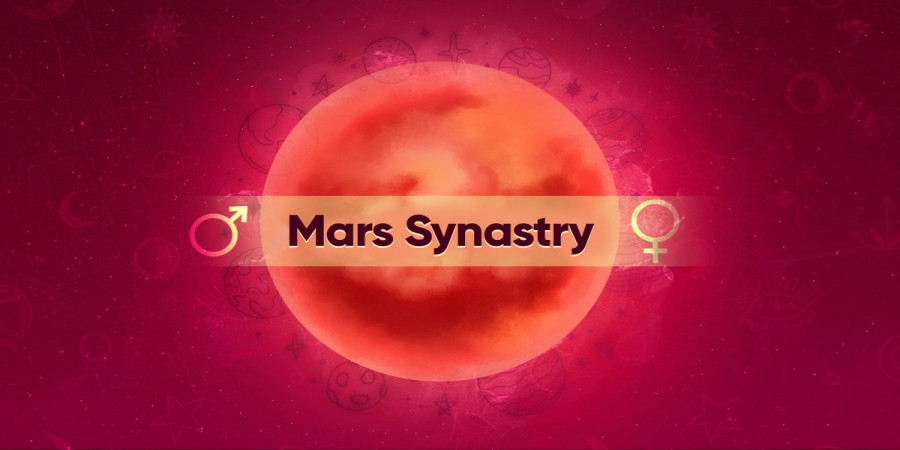

Dropbox's Survival Strategy in the Google Drive Era
Dropbox, a pioneer in the cloud storage industry, faces stiff competition from Google Drive, which has rapidly gained popularity due to its integration with Google's ecosystem and competitive pricing. While Dropbox remains a popular choice for many users, the company needs to adapt and innovate to avoid being overshadowed by its formidable rival. This article will explore the challenges Dropbox faces, analyze potential strategies for staying competitive, and discuss the implications for the future of cloud storage.
The Challenge of Google Drive
Google Drive's integration with Google's suite of products, including Gmail, Google Docs, and Google Calendar, offers users a seamless and convenient experience. This integration is particularly appealing for individuals and businesses already invested in Google's ecosystem. Furthermore, Google Drive's competitive pricing, with more free storage and affordable paid plans, makes it an attractive option for budget-conscious users.
Dropbox, on the other hand, has traditionally focused on providing a simple and user-friendly interface, robust file syncing capabilities, and excellent offline functionality. However, these features alone may not be enough to retain users in the face of Google Drive's growing dominance.
Strategies for Dropbox's Survival
To remain competitive, Dropbox needs to adopt a multi-pronged approach that addresses its weaknesses and leverages its strengths. One potential strategy is to focus on niche markets and specialized use cases. While Google Drive caters to a broad audience, Dropbox could differentiate itself by targeting specific industries or professions with tailored features and integrations.
Another strategy is to enhance collaboration features and expand its ecosystem. While Dropbox offers collaboration tools, it could further improve real-time collaboration, version control, and project management capabilities to compete with Google Drive's robust offerings. Additionally, Dropbox could explore partnerships and integrations with other productivity tools and services to create a more comprehensive ecosystem.
Dropbox could also leverage its existing user base by incentivizing them to remain loyal. This could involve offering exclusive features, discounts, or rewards for long-term users. Additionally, Dropbox could focus on improving its customer service and support to enhance user satisfaction and retention.
Furthermore, Dropbox could explore innovative pricing models to attract and retain users. This could involve offering more flexible plans, usage-based pricing, or bundled services with other productivity tools.
The Future of Cloud Storage
The competition between Dropbox and Google Drive is indicative of the dynamic and rapidly evolving nature of the cloud storage industry. As technology advances and user needs change, cloud storage providers need to continuously adapt and innovate to remain relevant.
The future of cloud storage is likely to be characterized by increased competition, innovation, and consolidation. New players may emerge, while existing ones may consolidate through mergers and acquisitions. Cloud storage providers will need to differentiate themselves through unique features, specialized services, and competitive pricing to attract and retain users.
References:
- Cloud Storage Wars: Dropbox vs. Google Drive vs. OneDrive - PCMag
- Dropbox vs Google Drive: Which is Better in 2023? - Cloudwards
In conclusion, Dropbox faces a significant challenge from Google Drive, but it can survive and thrive by adopting a proactive and innovative approach. By focusing on niche markets, enhancing collaboration features, expanding its ecosystem, incentivizing user loyalty, and exploring innovative pricing models, Dropbox can remain a relevant and competitive player in the cloud storage market. The future of cloud storage is likely to be shaped by the ongoing competition between Dropbox, Google Drive, and other emerging players, ultimately benefiting users with more choices, better features, and competitive pricing.
Popular articles

Apr 11, 2024 07:40 PM

May 25, 2024 08:09 PM

Apr 11, 2024 07:22 PM

Apr 10, 2024 07:59 PM

Mar 14, 2024 07:53 PM
Comments (0)